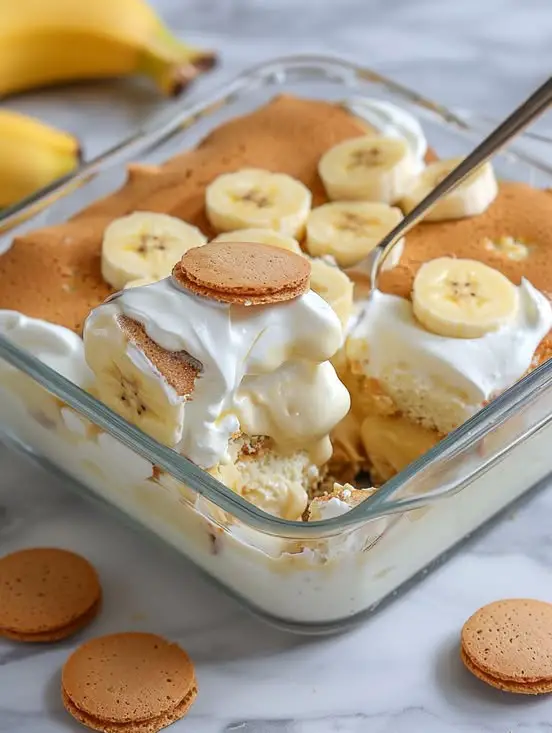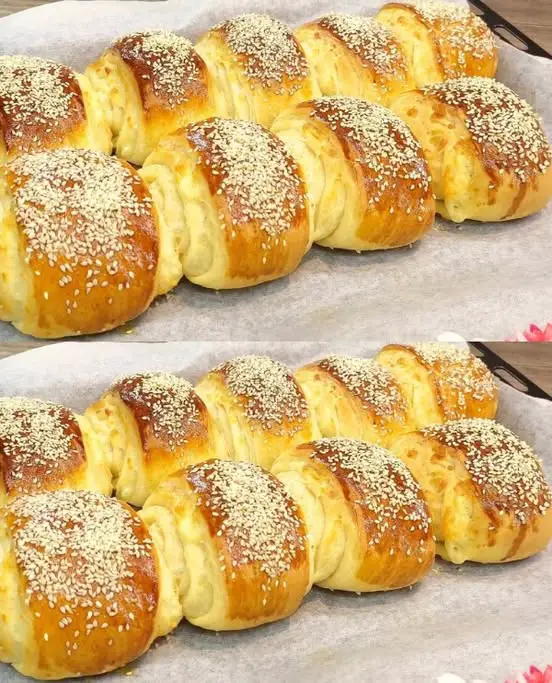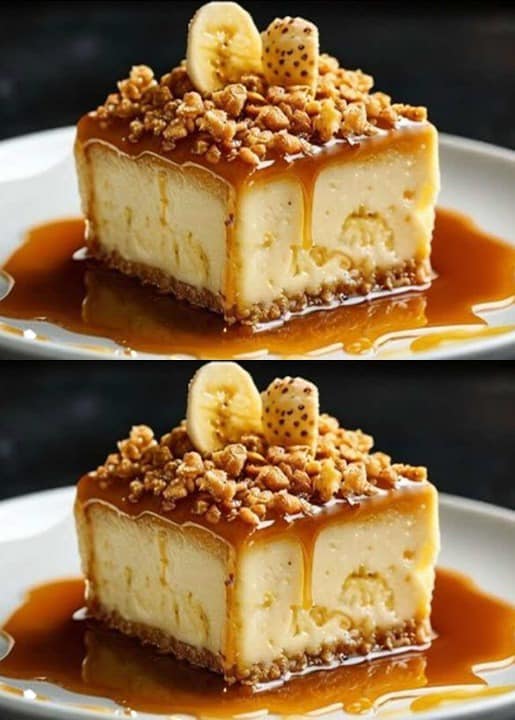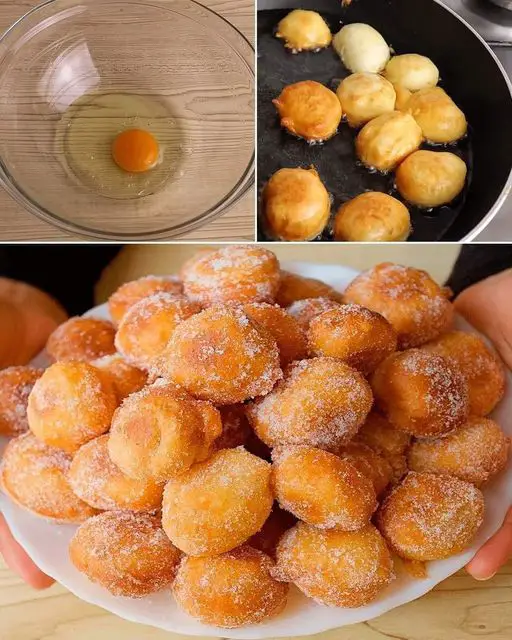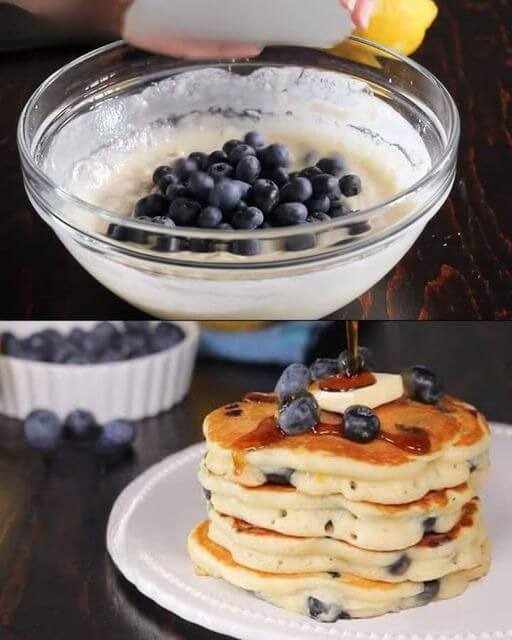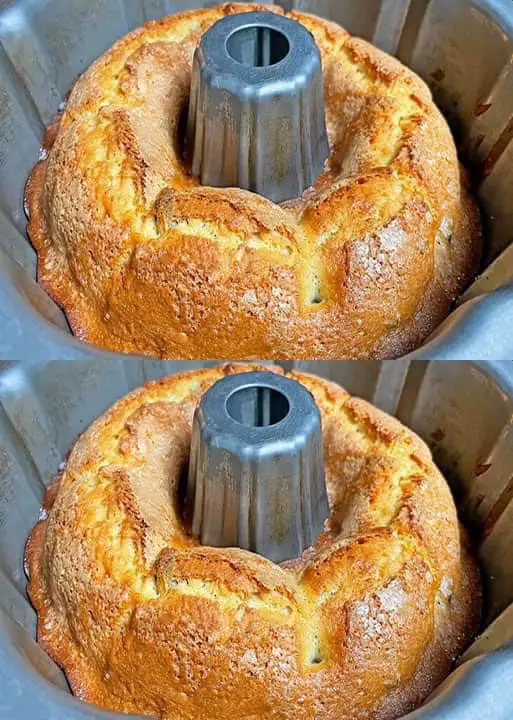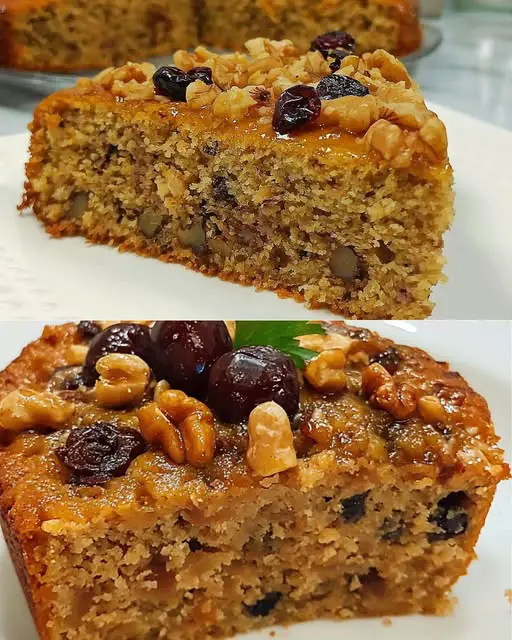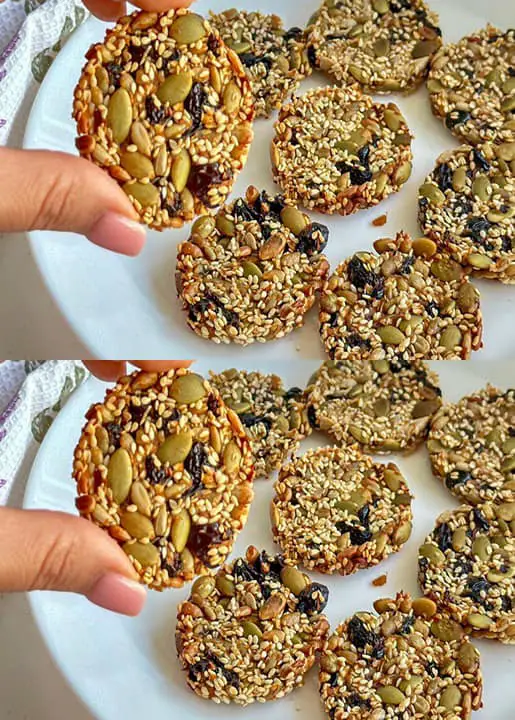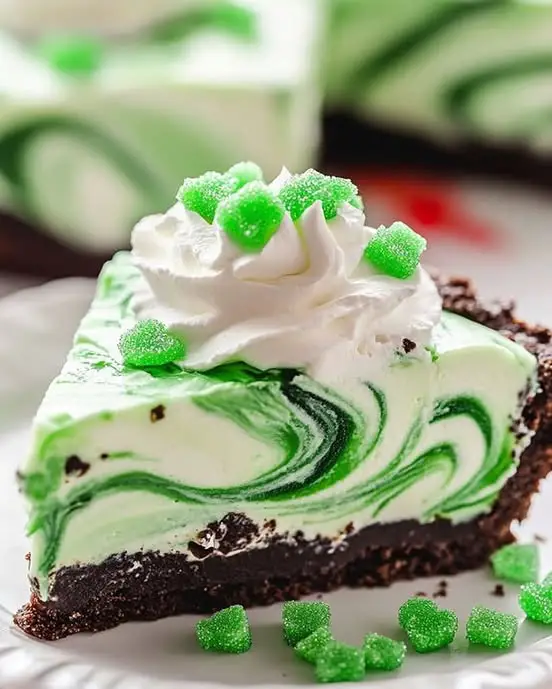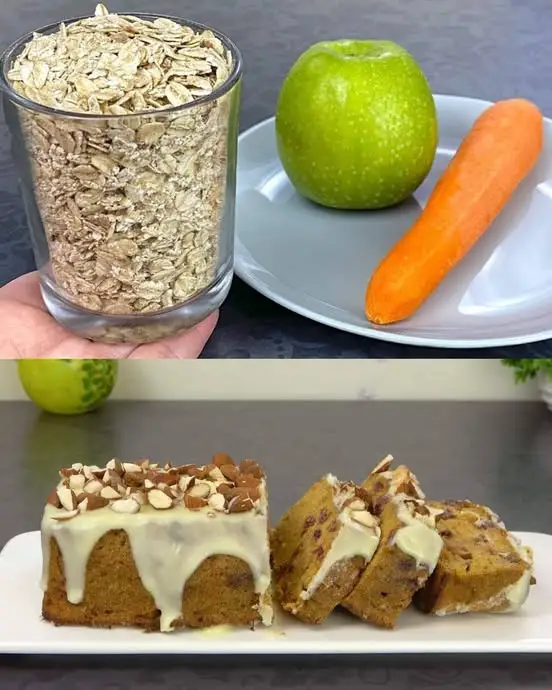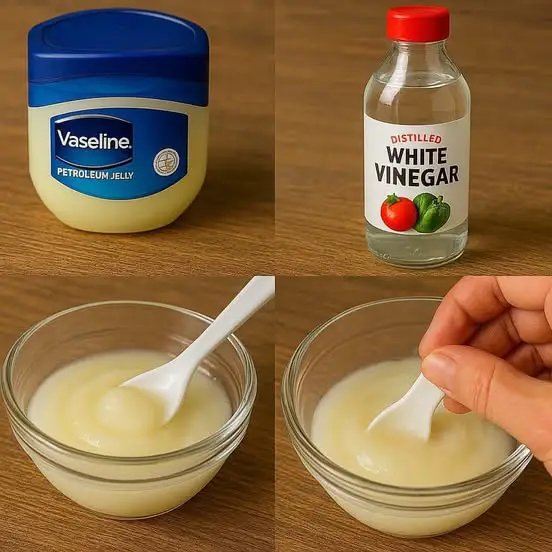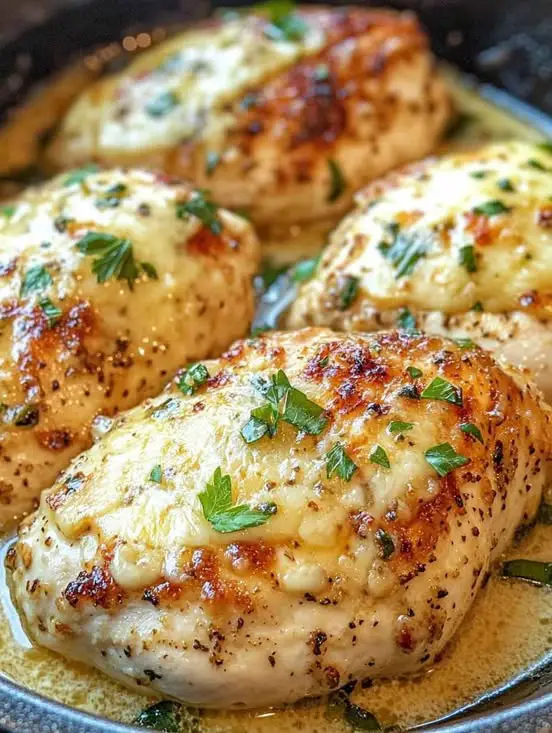Creamy Sweet Banana Pudding
This banana pudding recipe is creamy, rich and almost like a mousse. The banana pudding does not stay for a long time, eat it within 48 hours so the bananas don’t get funky. That makes this the perfect potluck dessert. You can use any kind of cookie you like, instant vanilla pudding makes this come together quickly with … Read more

